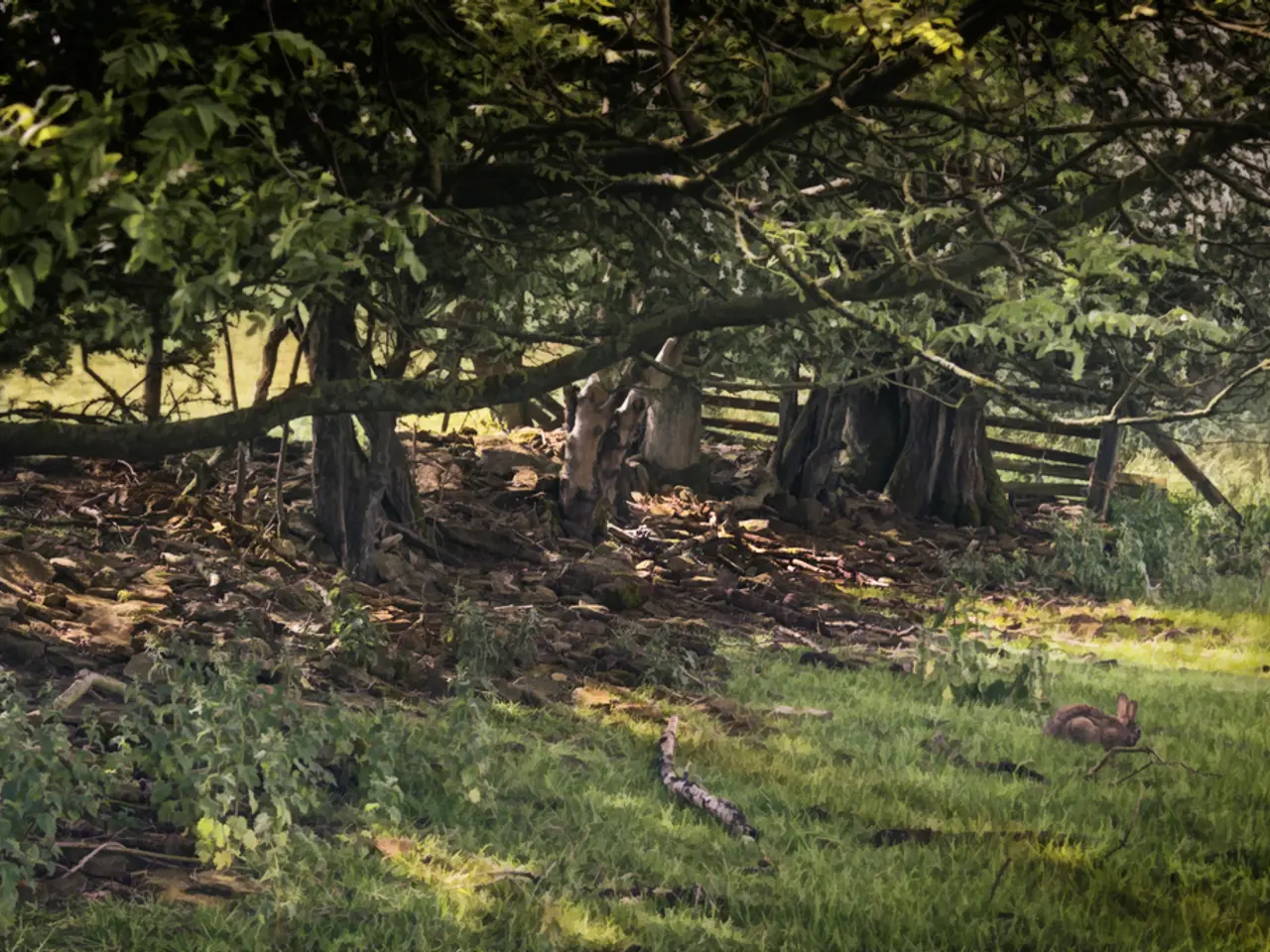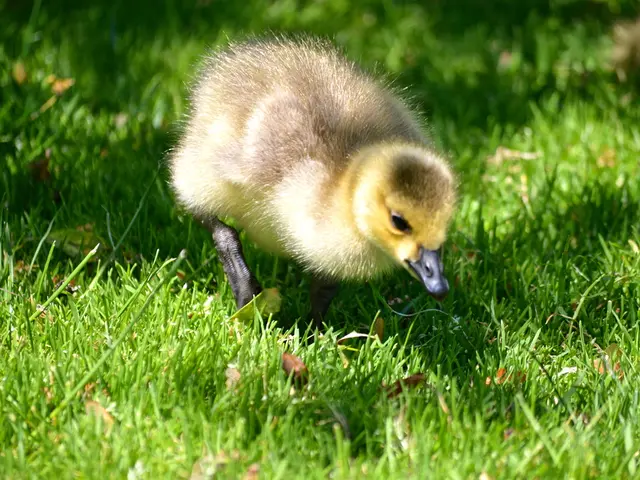Cultivate a Peaceful Sanctuary through Sound-Absorbing Permaculture Barriers
Noise-reducing permaculture hedges are proving to be a powerful solution in various settings, from gardens to cities and business areas. These living fences not only block out loud noises but also provide additional benefits such as enhanced privacy, wildlife habitat, improved air quality, and visual appeal.
To create a noise-reducing permaculture hedge that enhances privacy in your outdoor space, you should design a dense, layered planting system mimicking natural ecosystems. This usually involves combining evergreen shrubs, trees, and understory plants to create a thick green barrier.
Essential Steps
- Select evergreen species for year-round noise and privacy screening since they maintain leaves throughout the year, providing consistent sound buffering and visual coverage.
- Use multiple layers of plants—tall trees, mid-height shrubs, and groundcover or flowering plants—to maximize density and ecological function, emulating natural forest layers typical in permaculture design.
- Aim for dense foliage and thorny or textured leaves that help diffuse sound waves and discourage intrusion.
- Include native or well-adapted species to ensure sustainability and low maintenance.
Best Plants for Noise Reduction
- Evergreen Trees: Leyland cypress, Thuja (arborvitae), pine varieties offer tall, dense coverage, year-round noise blocking.
- Evergreen Shrubs: Buxus (boxwood), holly, laurel provide dense foliage, easy shaping, and good sound barriers.
- Climbing Plants: Ivy, jasmine add vertical density and privacy on trellises.
- Mixed Food Forest Plants: Nut trees, fruit trees, berry bushes add ecosystem diversity and resilience with practical yields.
Maintenance Tips
- Regularly clip and maintain hedges to keep density high, especially for species like boxwood.
- Use native dense shrubs appropriate to your climate for best noise reduction and ecosystem benefits.
- Position the hedge close to the noise source/boundary to optimize sound attenuation.
Benefits of Noise-Reducing Permaculture Hedges
Maintaining a healthy, noise-reducing hedge is a rewarding investment in your property's tranquility and the local ecosystem. In spring, using an organic fertilizer supports growth without harming the environment. Noise-reducing permaculture hedges are a green way to fight urban noise, make our spaces quieter and more peaceful, and help local wildlife.
As cities grow, permaculture will play a big role in urban planning, blocking noise, capturing carbon, and providing habitat for wildlife. Businesses also benefit from these hedges, as they help make outdoor areas calm for workers and customers. Adding hedges to your yard can also make it more inviting, creating cozy spots for relaxation.
In urban areas, noise-reducing permaculture hedges have shown big improvements in noise reduction, air quality, and visual appeal. By working together, we can care for our environment and build community, valuing and protecting these green spaces for the long run. The future of permaculture in urban design shows a bright future for green cities.
Read also:
- Pharmaceutical workplace safety is bolstered by the implementation of Safety Eyewear Programs.
- Ancient Teeth's 4,500-Year-Old DNA Unveils Mysteries of a Long-Lost Civilization
- Faster Paces and Shorter Stops: Researchers Discover Trend Among Walking Pedestrians
- Emerging Food Fads for 2025 Nutritional Landscape







